

Ultrasonic structure


Ultrasonic principle
Ultrasound interacts with the medium during propagation, changes in phase and amplitude, changes the physical, chemical, and biological properties or state of the medium, or accelerates the process of this change, resulting in a series of effects, such as mechanics, thermals. , chemical and biological effects, etc. These effects can be attributed to the following effects [1] :
Cavitation
The cavitation bubbles grow in the negative pressure region formed by the longitudinal propagation of the ultrasonic waves, and form a bubble interface.
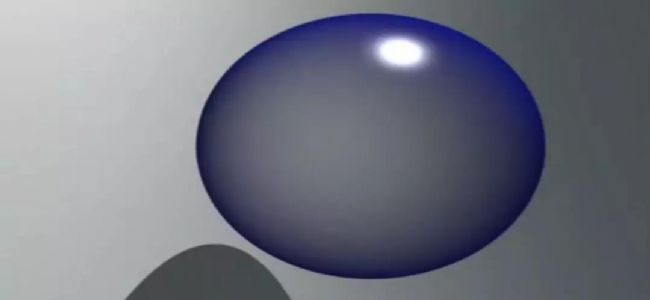
It is quickly closed in the positive pressure zone to be compressed and stretched under alternating positive and negative pressures.
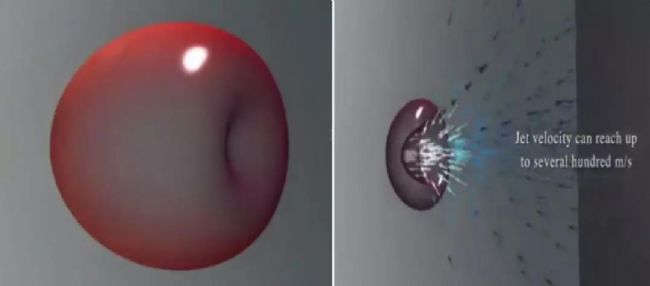
The impact of the high-speed microjet on the side of the distal bubble produces a water hammer impact, ie a shock wave.
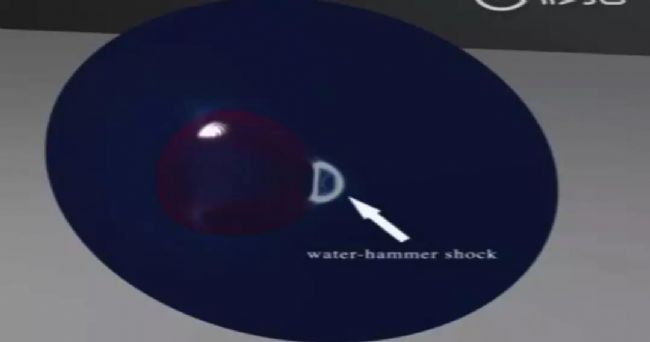
The shock wave propagates radially outward, hitting the solid surface of the sample, reflecting it to the bubble, and the bubble becomes vortex to convect the solid surface, generating a huge instantaneous pressure; this huge instantaneous pressure can make the solid particles suspended in the liquid or The surface of biological cell tissue is subject to drastic damage.
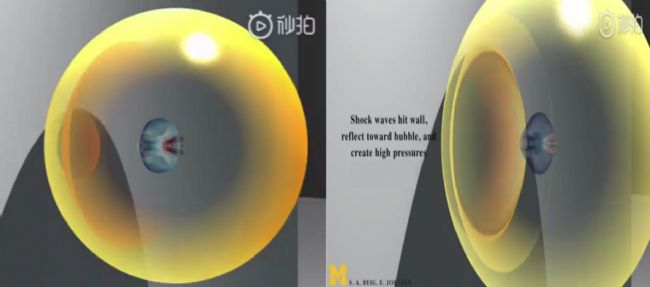
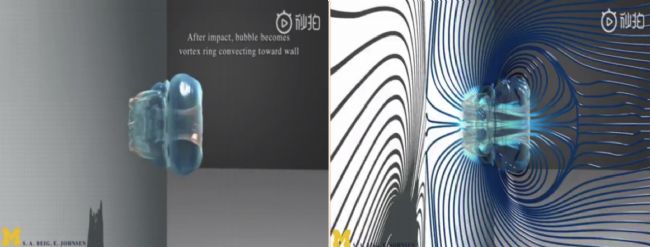
In addition to the above effects, there are mechanical, thermal and other effects:
Mechanical action
During the propagation of ultrasound, the medium will alternately compress and stretch the medium, forming a pressure change, and the pressure change will cause a mechanical effect. Ultrasonic-induced media particle motion, although the displacement and velocity are not large, but the particle acceleration proportional to the square of the ultrasonic vibration frequency is very large, sometimes exceeding tens of thousands of times the gravity acceleration, such a large acceleration is enough to cause a powerful mechanical medium. effect.
Thermal effect
If the ultrasonic waves are absorbed by the medium in the medium, that is, there is energy absorption. At the same time, due to the vibration of the ultrasonic wave, the medium generates a strong high-frequency oscillation, and the medium rubs against each other to generate heat, which increases the temperature of the liquid and the solid. Ultrasound increases the temperature at the interface of penetrating two different media. This is because the characteristic impedance is different at the interface, and reflection will occur, forming a standing wave to cause relative friction between molecules and heating.
Other effects
The cavitation of the ultrasound can cause oxidation, for example, after a short period of sonication in distilled water to produce hydrogen peroxide. Nitric acid is produced after sonication in water in which nitrogen is dissolved. Ultrasound also has a reducing effect and affects the electrical decomposition of the metal.
references
[1] Xi Xiping, Ma Chongfang, Wang Wei. Application Status of Ultrasonic Technology[J].Shanxi Chemical Industry, 2007,27(1):25-29.
During the propagation of ultrasound, the medium will alternately compress and stretch the medium, forming a pressure change, and the pressure change will cause a mechanical effect. Ultrasonic-induced media particle motion, although the displacement and velocity are not large, but the particle acceleration proportional to the square of the ultrasonic vibration frequency is very large, sometimes exceeding tens of thousands of times the gravity acceleration, such a large acceleration is enough to cause a powerful mechanical medium. effect.
Thermal effect
If the ultrasonic waves are absorbed by the medium in the medium, that is, there is energy absorption. At the same time, due to the vibration of the ultrasonic wave, the medium generates a strong high-frequency oscillation, and the medium rubs against each other to generate heat, which increases the temperature of the liquid and the solid. Ultrasound increases the temperature at the interface of penetrating two different media. This is because the characteristic impedance is different at the interface, and reflection will occur, forming a standing wave to cause relative friction between molecules and heating.
Other effects
The cavitation of the ultrasound can cause oxidation, for example, after a short period of sonication in distilled water to produce hydrogen peroxide. Nitric acid is produced after sonication in water in which nitrogen is dissolved. Ultrasound also has a reducing effect and affects the electrical decomposition of the metal.
references
[1] Xi Xiping, Ma Chongfang, Wang Wei. Application Status of Ultrasonic Technology[J].Shanxi Chemical Industry, 2007,27(1):25-29.
Digital And Video Microscope,Digital Microscope,Lcd Digital Microscope, Video Microscope
Ningbo ProWay Optics & Electronics Co., Ltd. , https://www.proway-microtech.com